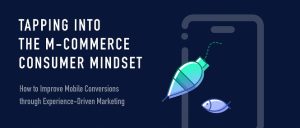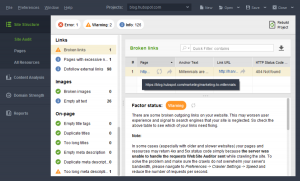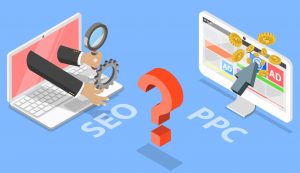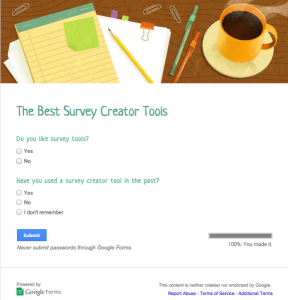— September 16, 2018
Why am I spending so much on this keyword?
Why aren’t all these clicks resulting in any conversions?
Why are my ads barely showing and ranking poorly?
If you often ask these questions when you check the performance of your Google AdWords—now Google Ads—you might have a problem with your ads’ Quality Score.
What’s a Quality Score, and how do I fix it? Glad you asked. Let’s take a look.
What’s a Quality Score?
Google’s high-level definition of Quality Score is “an estimate of the quality of your ads, keywords, and landing pages.” But how do you measure the quality of those campaign elements?
I’ve found it helpful to think of Quality Score as a holistic rating on how a web-searcher experiences your ads from start to finish. It’s how well the parts of your campaign—your keyword targeting choices, the relevance and persuasiveness of your ad copy, and the ease and relevance of your landing page experience—all align with each other and back to the buyer persona you’re targeting and where they are on their Buyer’s Journey.
That’s a mouthful and a bit more complex than Google’s definition—but also more actionable.
I haven’t mentioned anything about bid amounts or ad spend yet. That’s because your maximum bid amount doesn’t factor into your Quality Score. Instead, the score helps determine how expensive it will be to show your ads: If your Quality Score is low, you’ll need to compensate with a higher maximum bid (if Google shows the ads at all). Together, your Quality Score and your bid amount determine your Ad Rank, but that’s a topic for another day.
To start improving your Quality Score, we’ll look at:
- Ad Relevance
- Expected Click-Through Rate
- Landing Page Experience
How to Improve Ad Relevance
In my experience, improving the relevance of your ads boils down to questioning the assumptions you made in building your campaign.
Remember that your buyers may not always use the same terms you do—especially if they’re just beginning their research. It may be time to revisit or update your buyer persona research so you can confidently answer these questions:
- Which words do they search with when they’re formulating their problems?
- How do they describe different types of solutions?
- How do they refer to your specific product or service?
Combine these qualitative findings with the quantitative info from your keyword research methods. This will help you target the right keywords, which you can also mirror in your ad copy.
A second common cause for low ad relevance is stretching too many keywords and ads across too few ad groups. Remember, any keyword in your ad group can trigger any ad in that same group. Do all of those combinations make sense? If not, you might need to move some keywords to new ad groups, so that each ad group has a tight theme and issue they help searchers solve. This focus will help you craft more specific ads, too.
Improving Expected Click-Through Rate
With your research done, it’s time to work on the first thing searchers will actually see: your ads.
From your persona research, you know the keywords your buyers use and how they formulate their problems and solutions. This info is a gold mine for creating compelling ad copy, but it also ensures that the ad’s offer aligns with something your persona cares about at that time.
When drafting your ads, be clear about what will happen if someone clicks. For example, if you’re offering a gated white paper, tell searchers they’ll be downloading something and what they will learn. Specificity sets the right expectations, builds trust, and helps you avoid wasting spend on someone who isn’t going to find value in your offer.
Pro Tip: Using keyword insertion in your ads can increase relevance by showing searchers’ search terms in your ad heading. However, use this sparingly and only in Ad Groups with a tight keyword focus: Searchers will bounce quickly if they realize your landing page has little to do with what they saw in your ad.
Improving Your Landing Page Experience
Now that a paid-search visitor is on your landing page, how can you help them have a great experience?
In a nutshell, you want to meet the expectations you already set in your ad. There’s no one-size-fits-all answer for this, but here are my top three tips:
- It’s tempting to use an existing webpage in your campaign, but only do so if it truly aligns with your ad.
- Give your page a header and subheader that makes visitors feel like they’re in the right place immediately.
- Design your page so it’s visually clear what visitors are supposed to do.
And there you have it. What has been your experience with Quality Score or implementing any of the above tips? Let us know in the comments below.
Digital & Social Articles on Business 2 Community
(34)







